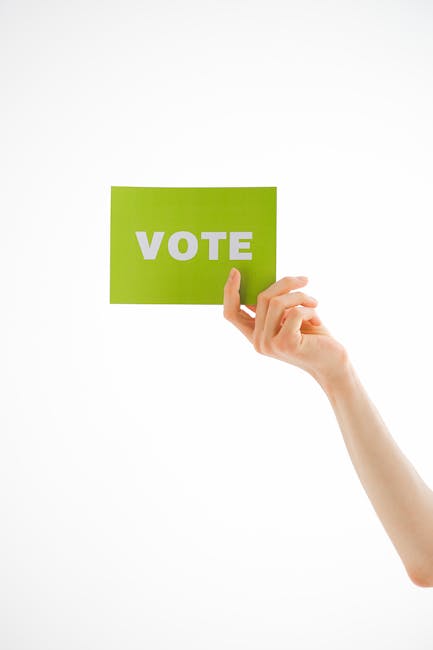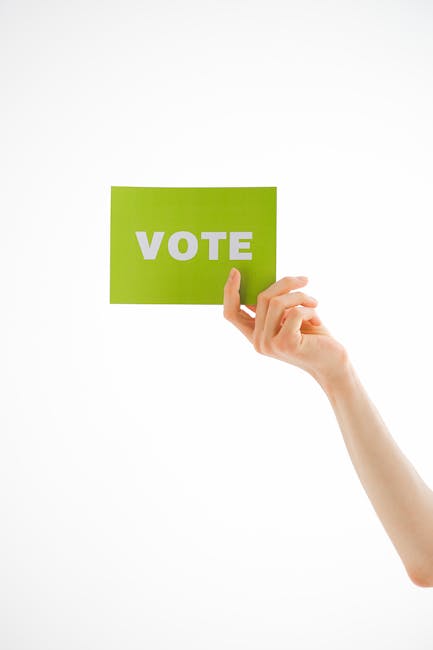Is the Associated Press (AP) Liberal or Conservative? Deconstructing the Myth of Media Bias
The question of whether the Associated Press (AP) leans left or right is a recurring theme in discussions about media bias. Often framed as a simple binary – liberal or conservative – the reality is far more nuanced and complex. This article delves deep into the AP’s history, journalistic practices, and public perception to provide a comprehensive and unbiased assessment.

The AP’s History and Mission: A Foundation of Objectivity
Founded in 1846, the AP boasts a long history, evolving from a cooperative of six New York newspapers into the global news agency it is today. Its core mission, enshrined since its inception, is to provide accurate, unbiased news to its subscribers worldwide. This commitment to objectivity is a cornerstone of its operational principles and is regularly reiterated in its internal guidelines and public statements.
The AP’s structure, as a non-profit cooperative owned by its member newspapers, further mitigates the influence of any single political entity. This collaborative model, while not impervious to influence, is arguably less susceptible to partisan pressures compared to for-profit news organizations beholden to shareholders or specific financial backers.
Journalistic Practices: Fact-Checking, Style Guides, and Editorial Oversight
The AP’s rigorous journalistic standards are well-documented. Its meticulous fact-checking processes, adherence to strict style guides (designed to ensure consistency and impartiality), and layers of editorial oversight aim to minimize bias and ensure accuracy. This multi-layered approach to news production acts as a safeguard against subjective interpretations and promotes factual reporting.
Fact-Checking and Verification:
Before publication, AP stories undergo multiple rounds of fact-checking. Sources are rigorously verified, and claims are cross-referenced to ensure accuracy. This emphasis on verification is a hallmark of the AP’s commitment to unbiased reporting.

Style Guides and Neutrality:
The AP Stylebook, a widely adopted guide for journalists, emphasizes clarity, precision, and neutrality. Its guidelines specifically address issues of bias, dictating the use of neutral language and the avoidance of loaded terms. This commitment to neutral language is a crucial element in preventing biased reporting.
Editorial Oversight and Review:
AP stories undergo numerous editorial reviews before publication. This process involves editors at various levels, ensuring consistency in adherence to journalistic standards and detecting potential biases. This multi-tiered review process serves as a check and balance system, mitigating the risk of skewed reporting.
Criticisms and Accusations of Bias: Examining the Evidence
Despite the AP’s stated commitment to objectivity, criticisms regarding its perceived bias occasionally surface. These criticisms often stem from subjective interpretations of news coverage, rather than demonstrable evidence of systemic bias. Let’s address some common claims:
Claim 1: Selection Bias in Story Choices:
Some critics argue that the AP’s choice of which stories to cover reveals a liberal bias. This claim, however, often overlooks the practical limitations of newsgathering. The AP must prioritize stories based on news value, significance, and timeliness. A story’s prominence in the news cycle doesn’t necessarily reflect a political bias, but rather its impact and relevance.
Claim 2: Word Choice and Framing:
Subtle differences in word choice or framing can be interpreted as reflecting bias, even if unintentional. While striving for neutrality is paramount, the inherent subjectivity in language makes complete impartiality exceptionally difficult to achieve. The key is to assess the overall tone and context of the reporting, rather than focusing on isolated instances.
Claim 3: Political Donations and Affiliations:
Some point to alleged political donations or affiliations of AP staff as evidence of bias. However, individual political views of staff members do not necessarily translate to systemic bias in news reporting. The AP’s established protocols and editorial processes aim to mitigate the influence of individual biases on news coverage.
Assessing the Evidence: A Balanced Perspective
While accusations of bias are inevitable for any major news organization, examining the evidence requires a nuanced approach. The AP’s rigorous journalistic processes, its history of commitment to objectivity, and its non-profit cooperative structure all suggest a strong dedication to unbiased reporting. While isolated instances of perceived bias may arise, they do not invalidate the organization’s overall commitment to factual and neutral news delivery.
It’s important to remember that news consumption is a subjective process. Individual interpretations of news stories can vary greatly based on pre-existing beliefs and perspectives. Critically examining various news sources, considering multiple viewpoints, and understanding the inherent limitations of any news organization are crucial for a fully informed citizenry.
Conclusion: Beyond the Liberal/Conservative Dichotomy
The question of whether the AP is liberal or conservative is ultimately a misleading oversimplification. Focusing solely on this binary ignores the complex realities of newsgathering, the inherent challenges of achieving complete objectivity, and the multifaceted nature of media criticism. The AP’s commitment to journalistic standards, its internal processes, and its history strongly suggest that accusations of systematic political bias are largely unsubstantiated.
Instead of focusing on simplistic labels, it’s more productive to engage critically with news coverage, examining source reliability, considering multiple perspectives, and understanding the context in which news is presented. This informed approach allows for a more accurate assessment of news organizations, moving beyond unproductive debates framed around simplistic and often misleading political labels.


